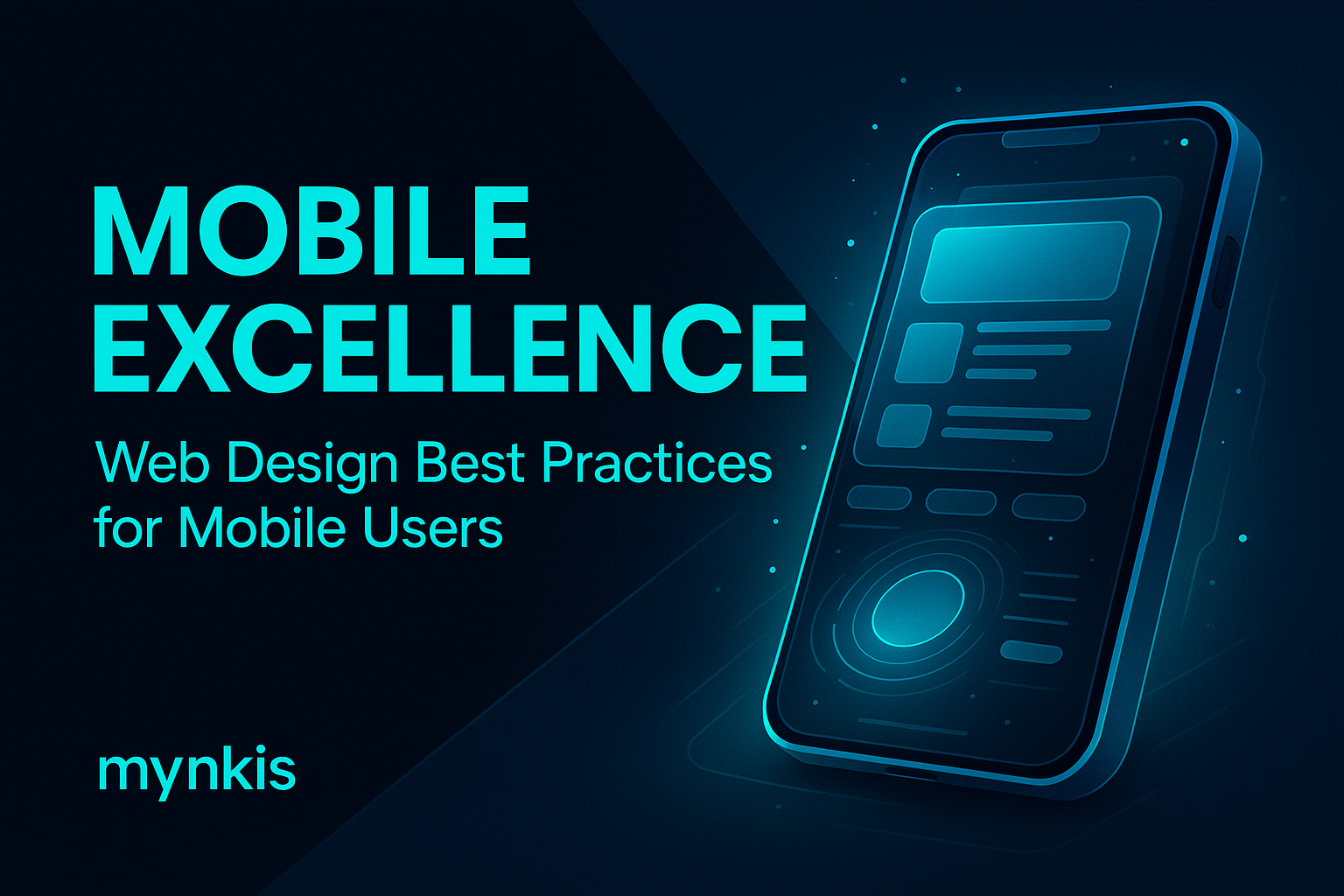Schedule a Demo
From my perspective working alongside CTOs and tech founders, I've seen a sharp pivot towards mobile-first web design as a cornerstone strategy. When companies aim to build an MVP or scale existing digital infrastructure, the functionality and user experience on mobile devices play a critical role in both user acquisition and retention. Recognizing this, prioritizing the mobile experience isn't just about keeping pace; it's about setting the bar for your industry.
In my collaborations with growth-focused startups, the persistent surge in mobile traffic always demands attention. Available market research indicates that over 50% of internet traffic now originates from mobile devices, a trend unlikely to reverse. Having seen many startups leap forward with thoughtful custom software development strategies, founders must never overlook the mobile user, shaping the site's architecture around their habits and preferences.
Having worked closely with clients to elevate their digital presence, I can attest that implementing a responsive design is just the first step. To effectively support rapid iteration, entrepreneurs should look towards systems like CSS Flexbox and Grid, which offer robust solutions for creating sites that don't just function on mobile but shine. It's vital, however, to tailor these technical solutions to your specific project needs, allowing for scalability and flexibility as your mobile user base grows.
Through my work, I've seen firsthand how slow load times can be detrimental to a company's mobile ambitions. Mobile users demand speed, and studies have proven that every second of delay increases bounce rates. In tackling custom software development for these startups, we optimize images, leverage caching, and employ CDNs to ensure the site performs seamlessly on mobile networks, supporting founders in achieving their business goals.
I've often engaged with startups requiring efficient solutions for mobile navigation. Simplifying the structure to promote thumb-friendly access to core functionalities is crucial. I recommend implementing a hamburger menu or bottom navigation bar on mobile, drawing from personal experiences where these adjustments have led to significantly higher engagement rates.
Based on my experience, designing touch-friendly interfaces in the realm of enterprise web solutions is absolutely essential. Larger touch targets, clear call-to-action buttons, and avoiding hover effects allow startups and corporations alike to connect more intuitively with mobile users. Each interaction a user has with your website must be tailored to the nuances of touch-based input.
When it comes to content, working closely with technology leaders has taught me the importance of adaptation for mobile screens. Short paragraphs, bullet points, and an effective use of subheadings can transform the readability and digestibility of your content, which is a vital aspect of custom software development. Ensuring your images and videos are optimized for both rapid loading and various screen sizes is crucial. To illustrate, I've seen how streamlined content strategies lead directly to improved user retention and site performance.
Mobile testing, a non-negotiable step in enterprise web solutions, should be integrated into your development process as early as possible. Drawing from knowledge shared in tech communities like those from IBM and Microsoft, regular testing on different devices and screen sizes ensures that your site not only scales technically but delivers a consistently high-quality experience. Scaling tech infrastructure to accommodate this might seem daunting, but it's integral to achieving excellence in the user experience domain.
The moral drive to cater to all users, including those with disabilities, dovetails with the strategic aim to expand the user base. In implementing custom software development for diverse clients, we prioritize using technologies such as screen readers and ensuring that your mobile design follows WCAG standards. From my experience, accessible mobile sites not only reach broader audiences but also enrich customer loyalty.
From my observations within the SEO practices for startups, mobile SEO can significantly bolster your site's visibility. Leveraging metadata that's mobile-friendly, optimizing for 'near me' searches, and capitalizing on mobile-first indexing, fosters not only better rankings but also a stronger bond with users searching from their devices. Use these strategies as part of your overall plan for scaling tech infrastructure that's ready for rapid iteration and the long haul.
Personalization on mobile devices has proven time and again to elevate the user experience, especially in the context of custom software development. By tailoring content or offers based on user behavior or location, companies can dramatically improve conversion rates. In my experience, startups that embrace mobile personalization see an uptick in user engagement and loyalty, making it a pivotal aspect of their enterprise web solutions strategy.
Striking the right balance between aesthetics and functionality on mobile devices can be quite the balancing act. Entrepreneurs often grapple with this dilemma when architecting their software's mobile version. From conversations with leading design experts like those at Frog Design and IDEO, I've learned that simplicity is key; a clean, uncluttered design that preserves crucial functionality is often the best path forward, supporting a founders' vision for scalability and growth.
Mobile design is an ongoing evolution, requiring constant iteration and refinement. Based on industry feedback and trends from organizations like the Nielsen Norman Group, successful custom software development involves regular reviews of mobile site performance. Leveraging the latest best practices and technologies keeps your mobile platform scalable, engaging, and, most importantly, aligned with user expectations.
Reflecting on the strides made by various companies, the real testament to a well-designed mobile experience is continuous improvement based on user feedback and performance metrics. As a leader in your industry seeking to support scalable software development, staying agile and receptive to change will foster not just a mobile site but an all-encompassing digital product that grows alongside your business vision.
